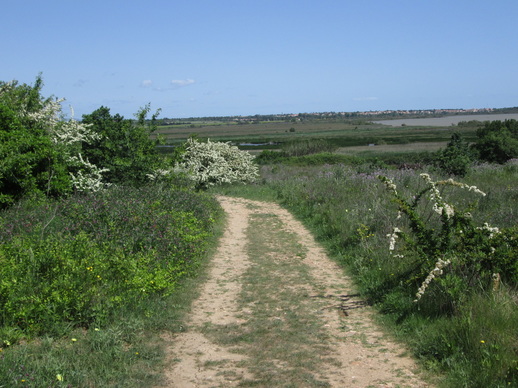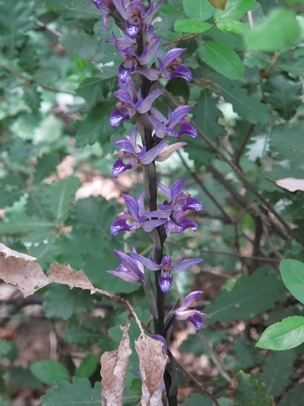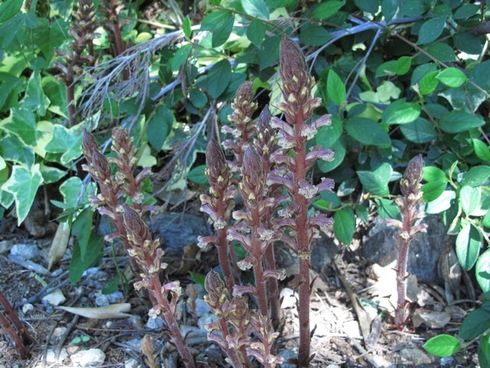As Lesley's recent blogs have shown, this is an exciting time of year, with things moving very fast; I recently took myself to the famous hillock, and, even tho' Lesley had made it clear, I was amazed at the growth in the wildflowers since Martine and I had last been there. Much of the summit of the hillock area is quite rough and stony, some of it you might describe as waste ground, and it is truly beautiful with the flowers, especially the lovely thistles she photographed, and the yellow composites - (hawkweeds, Lesley!). I too, wandered around the edges of the raised ground, which provides the view over the Étang, down towards the marshes. There were bushes laden with blossom, which from the distance looked like hawthorn but were not, but everywhere you looked there was luxuriant blossom.
As always, I particularly enjoyed the expanse of quite common things - like the sheets of white clover, which made me sneeze with its heavy scent. And where the grass was thinner, there was quite a lot of the scarlet pimpernel, rather like the field poppies (which have been wonderful), the sort of wildflower that was once simply described as an arable weed.
It was fairly quiet as far as birds were concerned, but the sheer number of swallows, martins and swifts hurtling in different directions over the marshes was exciting in itself, and Lesley's local raptors showed themselves beautifully; incidentally, I do think that pic in her last blog must be a red kite, not a black - I had a quick but convincing view of one. Actually, quiet it was NOT; there was a lot of birdsong, most of which I did not know, but as nightingales have such a varied song, (and again, they are new to me), I did wonder if I might be hearing them.
If the thistles and clover are the common, everyday flowers, I suppose you can regard the orchids as the aristocrats among them. I have been seeing a few lately on walks up a quiet country road behind our lotissement. A couple of weeks ago, I saw one very attractive white orchid, with a very green stem and leaves, but had no camera with me at the time, of course, and when I returned it had gone. I rather suspect the culprit was a sanglier, as that part of the relatively grassy verge had certainly been given quite a going-over in the interim! I think the orchid was a helleborine, but that must remain speculation.
I stressed the green-ness of that particular orchid, as the next two I found, in quite a few places, had no green at all. The very slender stems and flowers of the first are a brownish purple, and it has effectively no leaves to speak of. As I say, I found quite a few of these most attractive flowers, which I have never seen before despite walking regularly this way over the last two years. (The photos show the nature of this orchid quite well, but make it bluer than it was). The Albera book names it as the Limodore à feuilles avortées, the violet birds' nest orchid.
And a third, which I have occasionally seen in woods in Britain, is also not green, being equally without chlorophyll; it, too, is semi-parasitic on the roots of other plants. It is browner than the previous one mentioned, with much denser flower spikes, but is close at least in name, being simply the néottie nid d'oiseau, the birds' nest orchid. These plants are quite mysterious, and some don't even appear above ground every year. Clearly the wetter winter has suited these very well, as I found several of the flower-spikes along the verge of our hill road, where I duly photographed them. Then, when shutting our slightly awkward gate one day, I noticed another, beautiful group, just beside where I often park my car! Since then another smaller group has appeared close by, where it could simply not have been missed in the last couple of years. So all the rain of this year is producing interesting results, as well as swelling the strawberries!


